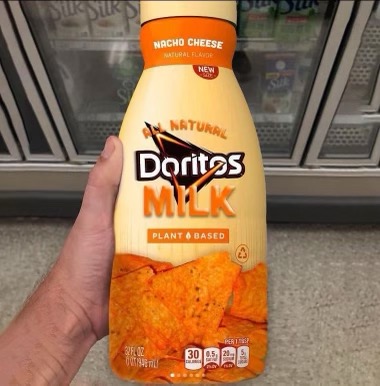I’m here to support.
Count #1: Guilty
Count #2: Guilty
Count #3: Guilty
Count #4: Guilty
Count #5: Guilty
Count #6: Guilty
Count #7: Guilty
Count #8: Guilty
Count #9: Guilty
Count #10: Guilty
Count #11: Guilty
Count #12: Guilty
Count #13: Guilty
Count #14: Guilty
Count #15: Guilty
Count #16: Guilty
Count #17: Guilty
Count #18: Guilty
Count #19: Guilty
Count #20: Guilty
Count #21: Guilty
Count #22: Guilty
Count #23: Guilty
Count #24: Guilty
Count #25: Guilty
Count #26: Guilty
Count #27: Guilty
Count #28: Guilty
Count #29: Guilty
Count #30: Guilty
Count #31: Guilty
Count #32: Guilty
Count #33: Guilty
Count #34: Guilty















What would be extremely rock and roll-- punk rock, even – is donating all of the proceeds from that show to pro-union efforts.
#DonateItDave, or something